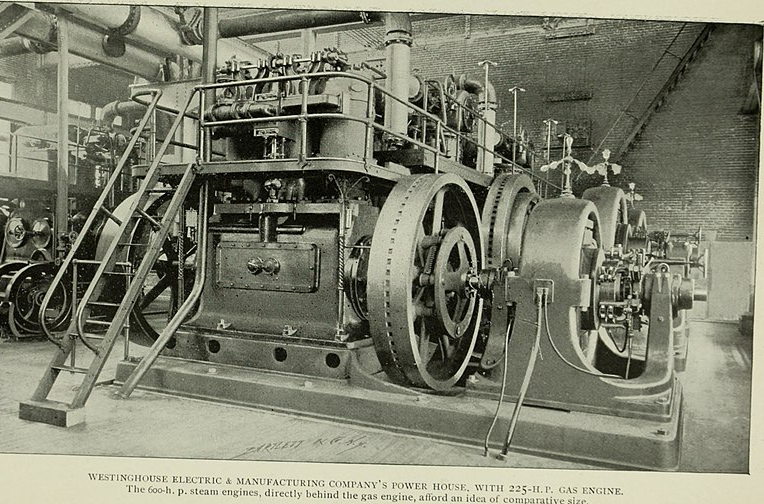Few of us think about heat as an essential ingredient in the products we use every day. And, yet industrial process heat constitutes two-thirds of all energy used by industry. It is used to melt and form metals, to make ceramics, to refine crude oil, to make industrial chemicals, to dry crops, to process food, to sterilize medical instruments, and to heat the facilities within which industries operate. Practically, everything we use on a regular basis has at some point required heat to process. And it turns out that the challenges society faces obtaining process heat mirror in many respects the energy challenges for society as a whole.
Without process heat, much of the world would grind to a halt. That’s why the ready availability of fuel for creating that heat is so important. Currently, fossil fuels dominate as energy sources for process heat, chiefly natural gas and coal. There are two reasons to be concerned about their supply.
First, evolving regulations regarding fossil fuel emissions in order to address both pollution and climate change may make fossil fuels more expensive and difficult to use (for example, due to the need for advanced scrubbers and carbon capture). Second, the underground supplies of fossil fuels may not be as plentiful as the public has been led to believe. (Regarding oil and natural gas, see this piece. For coal, see this piece.)
Process heat is so central to some industrial operations that if it becomes too expensive, it may make operations unprofitable. We’ve already seen several energy-intensive industries in Europe shut down operations due to high prices for natural gas resulting from the loss of Russian natural gas imports due to sanctions and sabotage. So, not only must fossil fuels be available to those requiring process heat, those fuels must also be cheap enough to maintain the profitability of the operations that rely on them.
So what are the possible alternatives? This piece (linked previously above) outlines some of them.
1. Geothermal has much to recommend it. It takes heat from deep in the earth, and once set up needs very little carbon-based fuel to maintain itself. Trouble is, it is not cost-effective compared to current fuels and would require technological advances to drill the extraordinarily deep holes required that would often have to be deeper than 12 kilometers (not a typo). Moreover, it is not a portable fuel like coal and natural gas which can be transported to the site where they are needed. And so, a geothermal well would have to be drilled in every place where process heat is required.
2. Electricity sounds great until you realize that currently almost 62 percent of the world’s electricity is generated using fossil fuels. Since the amount of energy lost in the form of heat at the generating plant is significant—somewhere between two-thirds to just under half depending on the fuel and equipment—it makes more sense to bring the fuel to the facility where the process heat is needed and burn it there. If, on the other hand, renewable energy sources are used, electricity as a heating source makes more sense. But renewable energy is often just fraction of what is delivered via the grid to an industrial operation. Dedicated solar and wind power along with storage batteries at the plant can solve this problem, but that’s costly to set up and run in most places compared to fossil fuels.
3. Heat pumps operate using electricity so concerns listed under “Electricity” above apply. And, the pumps only generate low-level heat and tend to become less efficient as temperatures outdoors and indoors diverge too greatly.
4. Hydrogen is an energy carrier, not an energy source. Currently, it is made primarily using natural gas through steam reforming. It can also be made from water using electrolysis (which means the electricity has to come from somewhere).
5. Nuclear reactors can supply heat, but typically not at the levels needed for high-temperature applications like melting metals. The development of so-called microreactors may allow nuclear reactors to compete more favorably in the process heat market.
There is, of course, the larger question of how quickly human societies can transition away from fossil fuels for ALL applications in the world economy given the urgency due both to depletion and climate change. And, that urgency is becoming greater with every passing day.
Photo: Westinghouse Electric and Manufacturing Company’s power house (1891) Via Wikimedia Commons https://commons.wikimedia.org/wiki/File:Factory_and_industrial_management_(1891)_(14763845182).jpg .from a book on industrial efficiency https://archive.org/details/factoryindustria15newy/page/nundefined/mode/1up?view=theater






